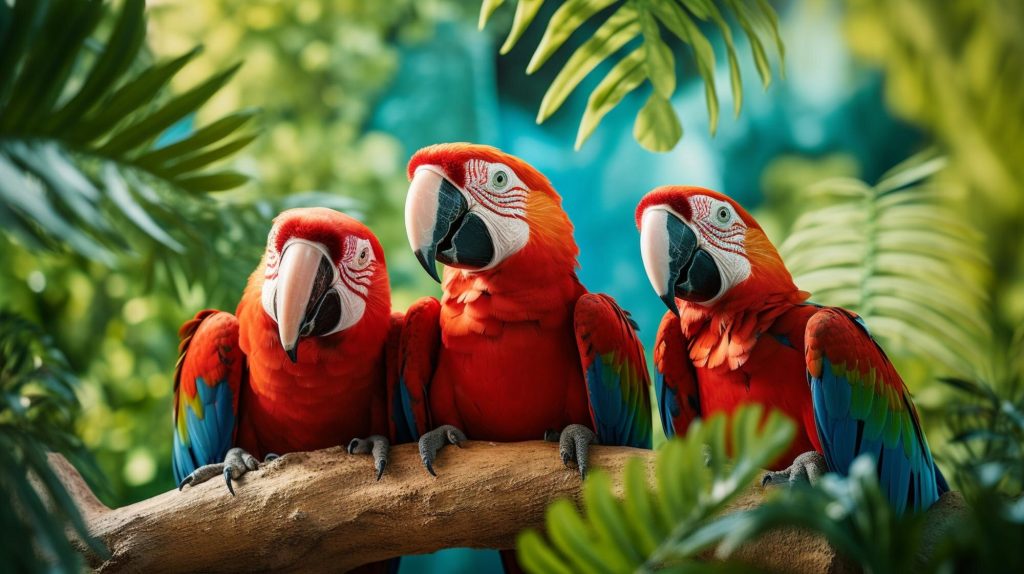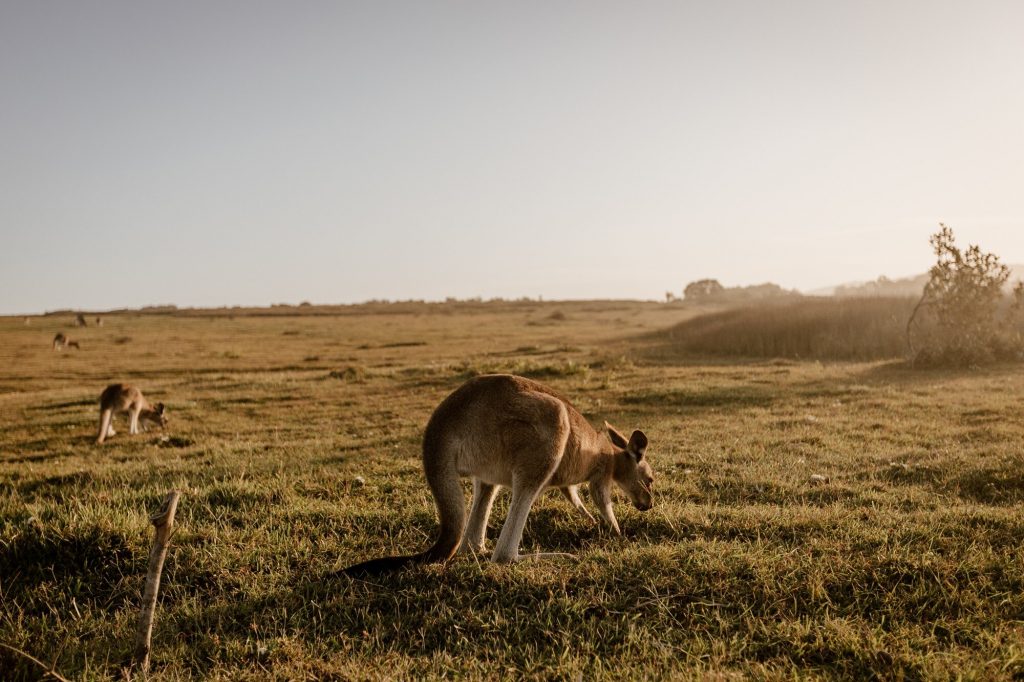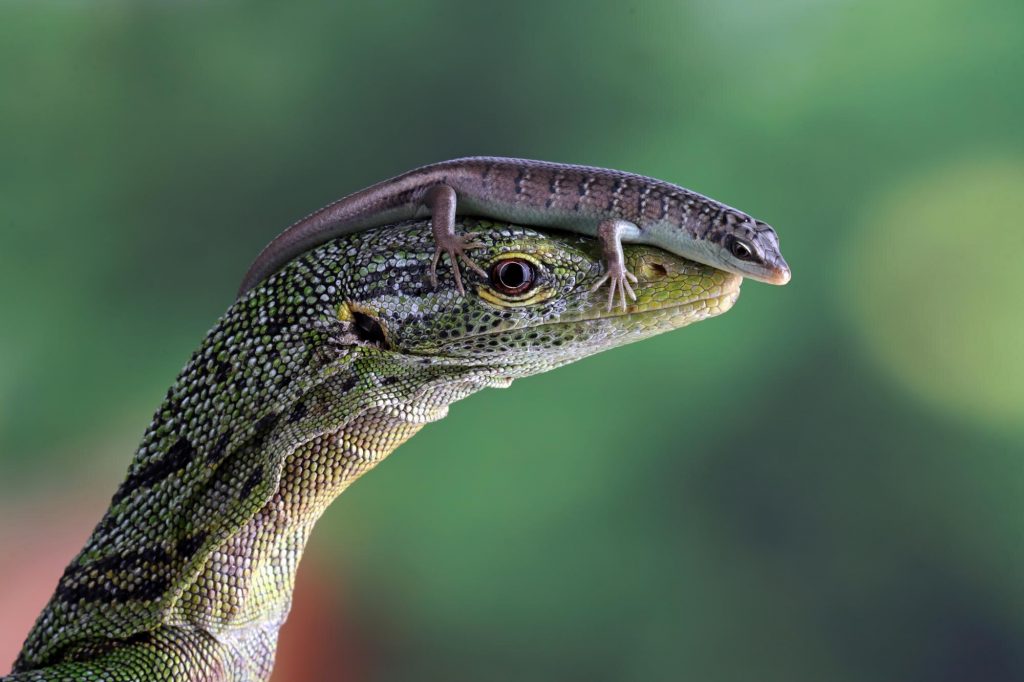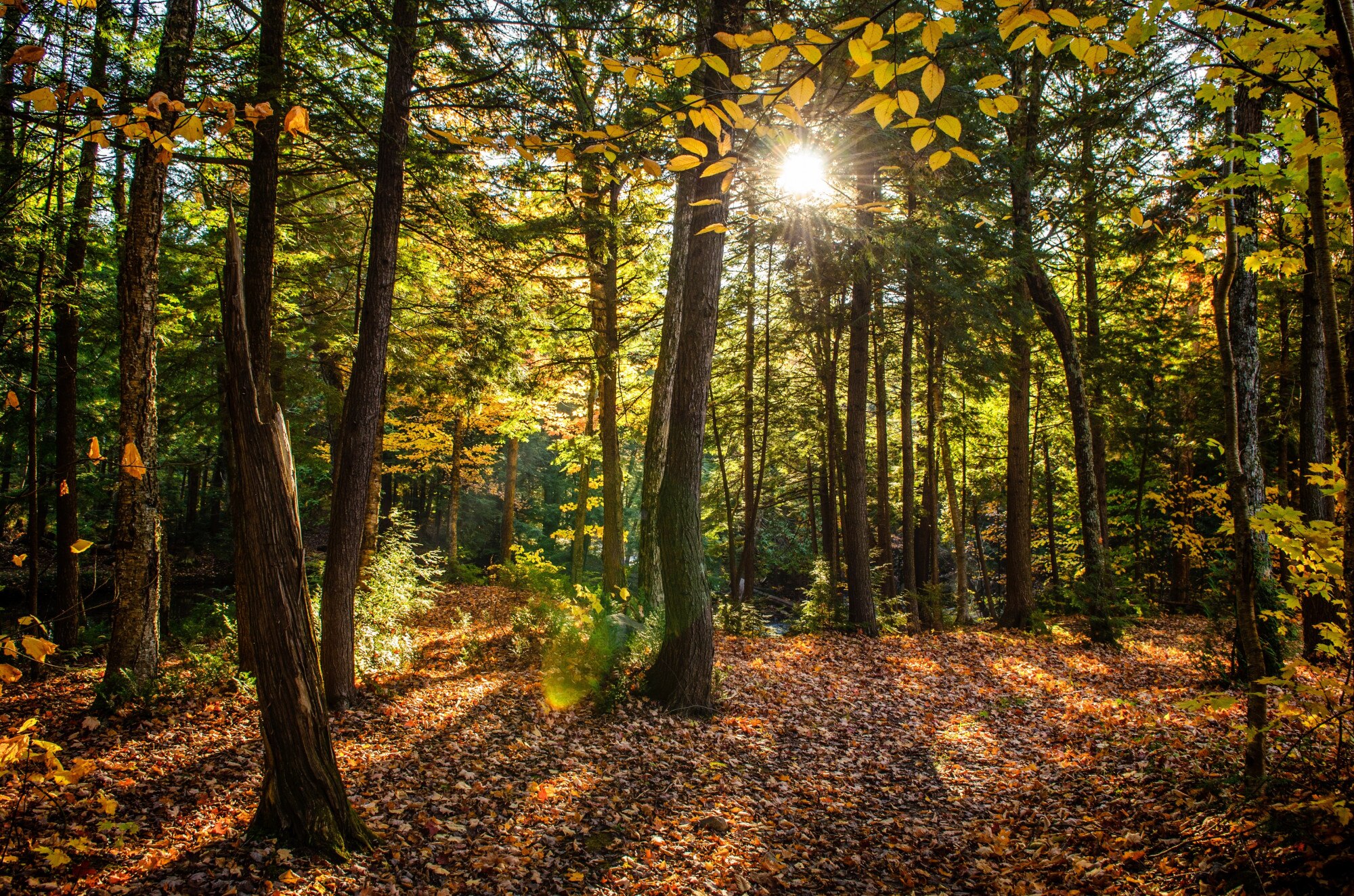Nestled in the heart of Queensland, Australia, lies a natural treasure. The Bunya Mountains National Park, a sanctuary of biodiversity, beckons nature enthusiasts and wildlife photographers alike.
This park is home to a myriad of unique wildlife species. From the elusive Bunya Mountains ringtail possum to the vibrant king parrots, the park teems with life. It’s a haven for those seeking to immerse themselves in Australia’s rich biodiversity.
But the park offers more than just wildlife encounters. It’s a place of cultural significance, a site of ancient bunya pines, and a testament to nature’s resilience. It’s a place where you can walk through time, tracing the steps of Indigenous Australians and early loggers.
Whether you’re planning a visit or simply curious about Australian wildlife, this guide will take you on a journey through the Bunya Mountains National Park. We’ll explore its unique ecosystems, its diverse wildlife, and the best ways to experience it all.
So, let’s embark on this adventure together. Let’s discover the wonders of wildlife encounters in Bunya Mountains National Park.

Discover the Unique Wildlife of Bunya Mountains
The Bunya Mountains National Park is a biodiversity hotspot. It’s a refuge for a variety of mammals, birds, reptiles, and amphibians, each contributing to the park’s vibrant ecosystem.
One of the park’s unique inhabitants is the Bunya Mountains ringtail possum. This species is endemic to the area, meaning it’s found nowhere else in the world. Its presence is a testament to the park’s unique environment and conservation efforts.
Bird enthusiasts will be delighted by the park’s avian diversity. Species such as bowerbirds, king parrots, and satin bowerbirds can be spotted amidst the foliage. Their vibrant colors and distinctive calls add a lively soundtrack to the park’s serene atmosphere.
But the wildlife encounters don’t end when the sun sets. Nocturnal animals like owls and mountain brushtail possums emerge, offering a different perspective of the park’s wildlife. Whether you’re exploring by day or night, the Bunya Mountains National Park promises a rich and diverse wildlife experience.
Exploring Bunya Mountains National Park’s Ecosystems
Bunya Mountains National Park is a treasure trove of diverse ecosystems. From montane rainforests to grasslands, each habitat supports a unique array of wildlife. The park’s elevation, ranging from 600 to 1,100 meters above sea level, contributes to this diversity.
The park’s montane rainforests are home to the largest population of bunya pines in the world. These ancient trees, some estimated to be over 600 years old, tower over the landscape. Their large cones, a food source for Indigenous people, are a sight to behold.
The grasslands, in contrast to the dense rainforest, support different wildlife species. Eastern grey kangaroos can often be seen grazing here at dawn and dusk. The sight of these iconic Australian animals in their natural habitat is a memorable experience.
The park’s waterways are another hotspot for wildlife. At dawn and dusk, you might spot a platypus in the water. These elusive creatures are one of the few egg-laying mammals in the world, making them a fascinating sight.
Whether you’re trekking through the rainforest or exploring the grasslands, Bunya Mountains National Park offers a unique exploration of Australia’s diverse ecosystems.
The Bunya Pine: A Living Legacy
The Bunya Mountains are named after their most iconic resident, the bunya pine. These ancient trees, some of which are believed to be over 600 years old, are a living testament to the area’s rich natural history.
The bunya pine is known for its enormous cones, which can weigh up to 10 kilograms. These cones, filled with large edible seeds, have been a significant food source for Indigenous Australians for thousands of years. The trees’ cultural significance extends beyond food, as they were also central to the Bunya Festivals, important gatherings for trade, marriage, and dispute resolution among Indigenous people.
The bunya pines of Bunya Mountains National Park are the largest population in the world. Their presence adds a unique dimension to the park’s wildlife, reminding us of the deep connections between flora, fauna, and human history.

Birdwatching in Bunya Mountains: A Birder’s Paradise
Bunya Mountains National Park is a haven for bird enthusiasts. The park’s diverse habitats, from dense rainforest to open grasslands, support a wide variety of bird species.
Among the park’s avian residents are colorful species such as king parrots and satin bowerbirds. These birds, with their vibrant plumage and engaging behaviors, are a delight to observe and photograph.
The park is also home to rare and threatened species like the black-breasted button-quail. This elusive bird is a testament to the park’s conservation efforts and the health of its ecosystems.
Birdwatchers visiting Bunya Mountains National Park can look forward to spotting:
- King Parrots
- Satin Bowerbirds
- Black-breasted Button-quails
- Bowerbirds
- Powerful Owls
- Whipbirds
Each species offers a unique birdwatching experience, adding to the park’s allure as a birding paradise.

Mammals of the Bunya Mountains: From Nocturnal to Diurnal
The Bunya Mountains National Park is home to a diverse range of mammals. From the smallest marsupials to the largest kangaroos, the park’s fauna is a testament to Australia’s unique wildlife.
Among the park’s most iconic residents is the eastern grey kangaroo. These large marsupials can often be seen grazing at dawn and dusk, providing excellent opportunities for wildlife viewing and photography.
The park’s nocturnal mammals, such as the mountain brushtail possum and the spotted quoll, offer a different kind of wildlife experience. Night walks in the park can reveal these and other creatures, adding an element of mystery and excitement to your visit.
Whether you’re an early riser or a night owl, Bunya Mountains National Park offers a rich array of mammalian wildlife to discover and appreciate.

Reptiles and Amphibians: The Overlooked Inhabitants
While mammals and birds often steal the spotlight, Bunya Mountains National Park is also home to a variety of reptiles and amphibians. These creatures, often overlooked, play crucial roles in the park’s ecosystem.
From the lace monitor lizard, often seen basking in the sun, to the vulnerable Fleay’s barred frog, these species add to the park’s biodiversity. Observing them in their natural habitat can be a fascinating experience.
So, next time you visit, don’t forget to look out for these less conspicuous but equally important inhabitants of the Bunya Mountains.
Best Trails for Wildlife Spotting
Bunya Mountains National Park offers several walking tracks, each providing unique opportunities for wildlife spotting. These trails vary in length and difficulty, catering to all levels of fitness and experience.
Some of the most popular trails for wildlife viewing include:
- The Scenic Circuit: Known for its panoramic views and diverse wildlife.
- The Barker Creek Circuit: A more challenging trail, offering opportunities to spot rare bird species.
Remember, the best times for wildlife viewing are early morning and late afternoon. Always stay on the designated paths to protect the park’s delicate ecosystem. Happy spotting!
Accommodations Amidst Nature: Staying in Bunya Mountains National Park
Staying overnight in Bunya Mountains National Park is an experience in itself. The park offers a range of accommodations, from camping sites to eco-friendly lodges, all designed to minimize environmental impact.
These accommodations provide a unique opportunity to immerse yourself in the park’s natural beauty. Imagine waking up to the sound of bird calls, or watching kangaroos grazing at dawn from your balcony.
Booking well in advance is recommended, especially during peak seasons. Some accommodations even offer guided night walks, providing a chance to spot nocturnal wildlife. Staying in the park not only contributes to the local economy but also supports conservation efforts. It’s a win-win for nature lovers!
The Cultural Significance of Bunya Mountains to Indigenous Peoples
Bunya Mountains National Park holds deep cultural significance for Indigenous Australians. The park was historically a site for the Bunya Festivals, important gatherings for trade, marriage, and dispute resolution among Indigenous people.
The park’s management works closely with local Indigenous communities to preserve this cultural heritage. Interpretive signs and displays throughout the park highlight this cultural significance, providing visitors with a deeper understanding of the park’s history and the Indigenous connection to the land.
Conservation Efforts: Protecting Bunya Mountains’ Biodiversity
Conservation is a key focus in Bunya Mountains National Park. The park’s management includes efforts to control invasive species, which are a threat to native wildlife. Monitoring and research programs are also in place to keep track of wildlife populations and their habitats.
Fire management practices are carefully designed to protect the ecosystem and wildlife. These practices, along with other conservation efforts, help ensure the park’s unique biodiversity is preserved for future generations to enjoy.
When to Visit: Wildlife Seasons and Viewing Tips
Bunya Mountains National Park offers wildlife encounters throughout the year. However, different species are more visible in different seasons. For instance, the eastern grey kangaroo and red-necked wallaby are often seen grazing at dawn and dusk.
The best times for wildlife viewing are early morning and late afternoon. Remember, the park’s climate can change rapidly, so visitors should be prepared for varying conditions. With these tips in mind, you’re ready to plan your visit and enjoy the rich wildlife of Bunya Mountains National Park.
Conclusion: Your Next Steps to an Unforgettable Wildlife Experience
Bunya Mountains National Park is a treasure trove of Australian wildlife. From the unique Bunya Mountains ringtail possum to the powerful owl, the park offers a diverse range of wildlife encounters. Whether you’re a nature enthusiast, a wildlife photographer, or a family looking for an outdoor adventure, Bunya Mountains National Park has something for everyone.
Remember to respect the park’s rules and the wildlife’s habitat. Your visit contributes to the local economy and supports conservation efforts. With careful planning and respect for nature, your visit to Bunya Mountains National Park can be a memorable wildlife experience.
Finally, don’t forget to book your accommodation in advance, especially during peak seasons. Whether you prefer camping or staying in an eco-friendly lodge, Bunya Mountains National Park offers a variety of options to suit different budgets and preferences. Enjoy your stay and the unforgettable wildlife encounters that await you in Bunya Mountains National Park.




